Mangoes are a natural crop in India. Its amazing golden color makes Alphonso Mango the King of Mangoes. Mangoes can grow in almost any tropical climate, but India is known for its mangoes. Alphonso mangoes are among the most expensive in the world. It has a rich, creamy, sweet flavor and is non-fibrous in texture. Besides having a strong sweet aroma, its juicy flesh also has a delicious tropical flavor with peach, apricot, and citrus notes. Various mangoes are grown in abundance from Uttar Pradesh to southern India.
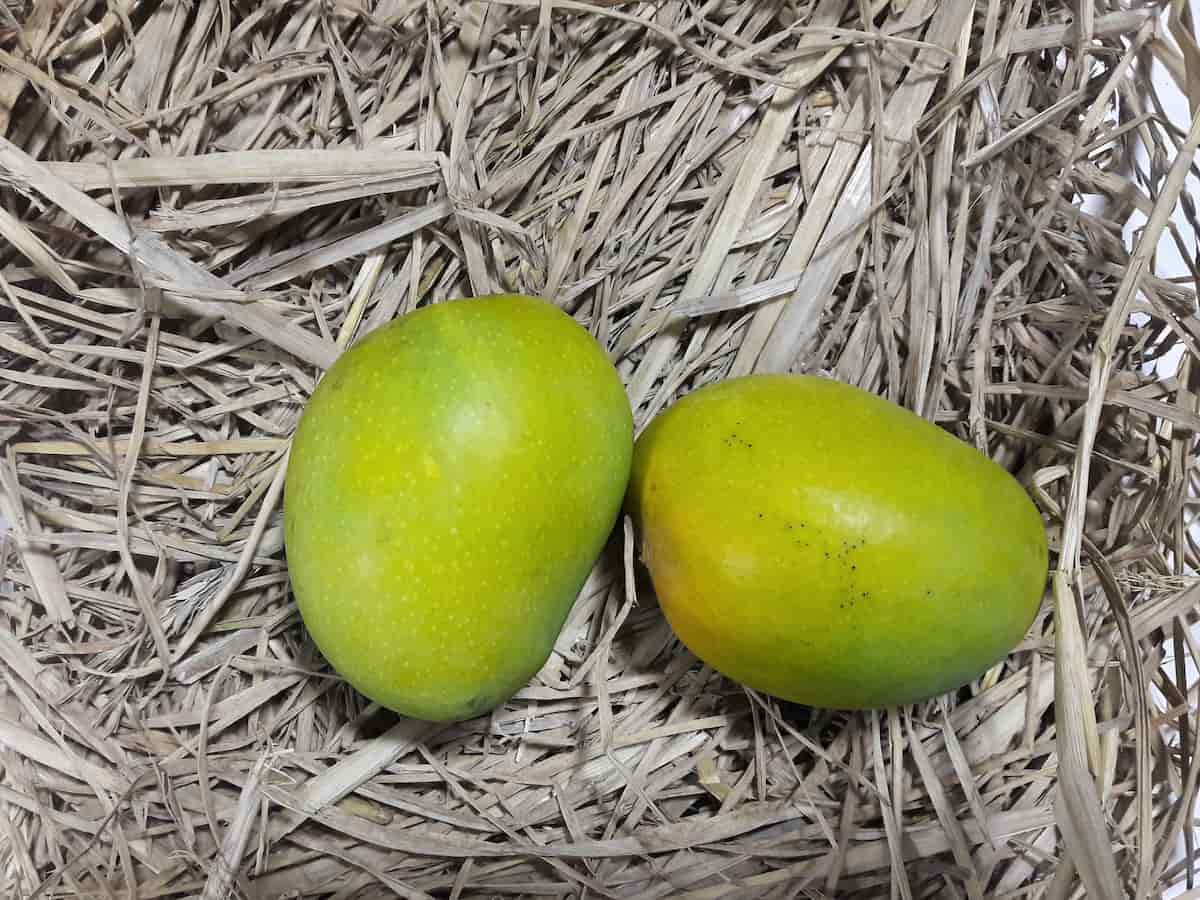
India boasts a wide variety of mangoes in each region. Ratnagiri is famous for its Alphonso mangoes. Due to its extra sweetness and aroma, Alphonso, aka Hapus, is in high demand in local and international markets. True mango lovers must know interesting details about these super fruits. Please find out how to cultivate and how long it takes to grow Alphonso mangoes here.
How to start alphonso mango farming in India
The name Alphonso comes from & other popular names for Alphonso mango
Taking its name from Afonso de Albuquerque, the Alphonso Mango has become a popular fruit. Portuguese general Alphonso introduced the grafting technique on Mango trees to produce varieties such as Alphonso Mango, which he helped establish Portuguese colonies in India. Alphonso Mango is fast-growing and disease resistant. It is the leading commercial variety of Maharashtra state and one of the choicest varieties in the country. This variety is known by different names in different regions, viz. Badami, Gundu, Khader, Appas, Happus and Kagdi Happus.
Characteristics
- Alphonso Mangoes are oval and about 4 to 6 inches long. The skin of the ripe fruit is golden yellow but is inedible.
- The mango flowers appear on the trees by the end of winter and at the beginning of spring. Both female & male flowers of Alphonso fruit flowers bloom on this tree.
- These plants’ flowering depends on the climatic conditions of Alphonso Mango India. Therefore, the flowering season on these Alphonso Mango trees starts in the southern part of India.
- A large central seed is surrounded by the pulp, which ranges from rich to golden yellow and is widely considered the tastiest fruit in India.
- The mango has a warm sweet taste, which is sometimes pleasantly tart.
- Mangoes grow on spreading short-trunked trees that have thick dark green leaves. The fruits hang from the branches either singly or in bunches
- A dwarf mango variety, it grows up to only 10 to 15 feet tall, making it easy to grow in a planter and bring indoors over the winter if you live in a northern climate.
- The fruit size is medium, about 4 to 6 inches long, and generally, this variety ripens from May to June.
- The fruit quality is excellent, and keeping quality is good. It has been found good for canning purposes. It is mainly exported as fresh fruit to other countries. It is a mid-season variety.
In case you missed it: How to Start Hybrid Guava Farming in India: Varieties, Business Plan, and Cultivation Management
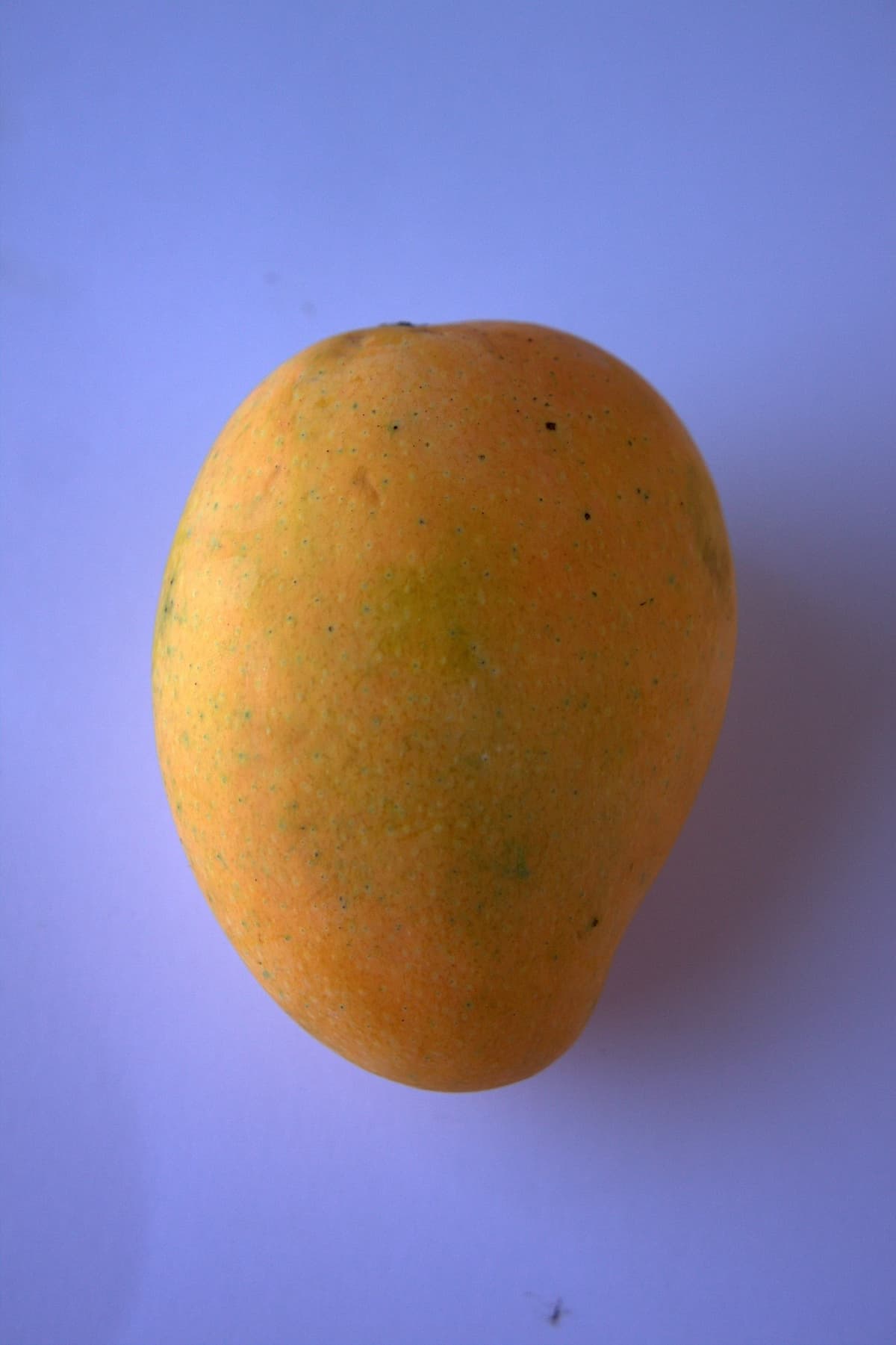
Alphonso Mango cultivated states in India
The Alphonso mango is a variety loved by everyone. Alphonso mangoes, however, are classified into Devgad mangoes and Ratnagiri mangoes. Maharashtra’s western region grows both varieties. While Alphonso is grown in other parts of the country, including Kerala, Gujarat, Tamil Nadu, Uttar Pradesh, Andhrapradesh, Bihar, and Karnataka, the Ratnagiri from the Konkan region of Maharashtra has a significant taste, texture, and aroma to it.
Now let us have a closer look at Ratnagiri District. This district covers an area from Mandangad, Dapoli, Khed, Chiplun, Guhagar, Sangameshwar, Lanja, & Rajapur. This entire coastal belt falls under Ratnagiri District, whereas Sindhudurg district covers the area from Dodamarg, Sawantwadi, Vengurla, Kudal, Malvan, Kankavli, Devgad & Vaibhavwadi. Apart from Alphonso mangoes, this region is famous for best quality cashews, jackfruit & coconut.
Climate requirements for alphonso mango
Generally, Alphonso mangoes grow best in warm climates. Therefore, mango trees should not be planted in places where the temperature falls below 4 degrees Celsius. Furthermore, newly germinated mango plants require bright, indirect sunlight. Trees grow independently after 3-4 years of age. Therefore, plant them on the ground with enough water and direct sunlight.
Alphonso mango trees require a good amount of natural sunlight, at least six hours a day. Therefore, mango trees don’t bloom completely until 5 to 6 years after planting. It usually takes three years for mango trees to start producing fruit. In the beginning, the tree might only bear a few fruits. After 5-6 years of its exitances, the mango tree begins bearing more fruits.
Soil requirements for Alphonso mango
The mango plant is naturally favorable for growing in tropical lowlands and up to 3000 feet above sea level (915m). The rainfall which suits best is between 30 to 100 inches (75 to 200 cm). The soil type that suits the most for these mango trees has good drainage and rich, deep loam. Mangoes are tropical fruits that grow well in low moisture regions, need the soil to be dry, and do not grow well in heavy wet soil. The ph level of the soil should be 5.2 to 7.5.
In addition, the mango performs excellently in the sand, gravel, and even oolitic limestone. It is planted into the soil or plastic Bag under intensive care for four hours. The plants grow for the next 8 to 9 years. After they are fully grown, they start bearing fruits. The Alphonso mango trees can bear fruits for up to 300 years.
Mango tree planting material
Various grafting techniques can be used to propagate mangoes from seed or by vegetative propagation. There is perhaps no easier way to plant mangoes than this method. During mango season, the seeds are collected from the marketplace, local trees, and sometimes even at home. The seeds are then sown in nursery beds specially raised for this purpose.
When mangoes are grown from seeds, they are inferior in quality. For this reason, asexual propagation methods, such as layering, grafting, and cutting, are used. It ensures higher fruit yields and higher-quality mangoes with a good market value. Additionally, they are export-friendly.
Sowing depth and method of sowing
Dug pits of 1x1x1m size at a distance of 9 x 9 m one month earlier before planting. Expose them to the sun. Fill with a mixture of soil, 30 to 40 kg of farm yard manure or Compost, and 1 kg single super phosphate. The sowing took place in July. After sowing, the seeds germinate after 20 days. Coppery red leaves appear at first. The seedlings are transplanted to permanent beds when their color changes to green.
Square and hexagonal planting can be adopted. However, hexagonal planting accommodates 15% more plants. Before planting, dip stones in a solution of Dimethoate for a few minutes. It will protect the crop from mango weevils. In addition, seed treatment with Captan fungicide protects seeds from fungal infections.
In case you missed it: Banganapalli Mango Farming in India: A Guide to Planting, Care, Pests and Disease Management
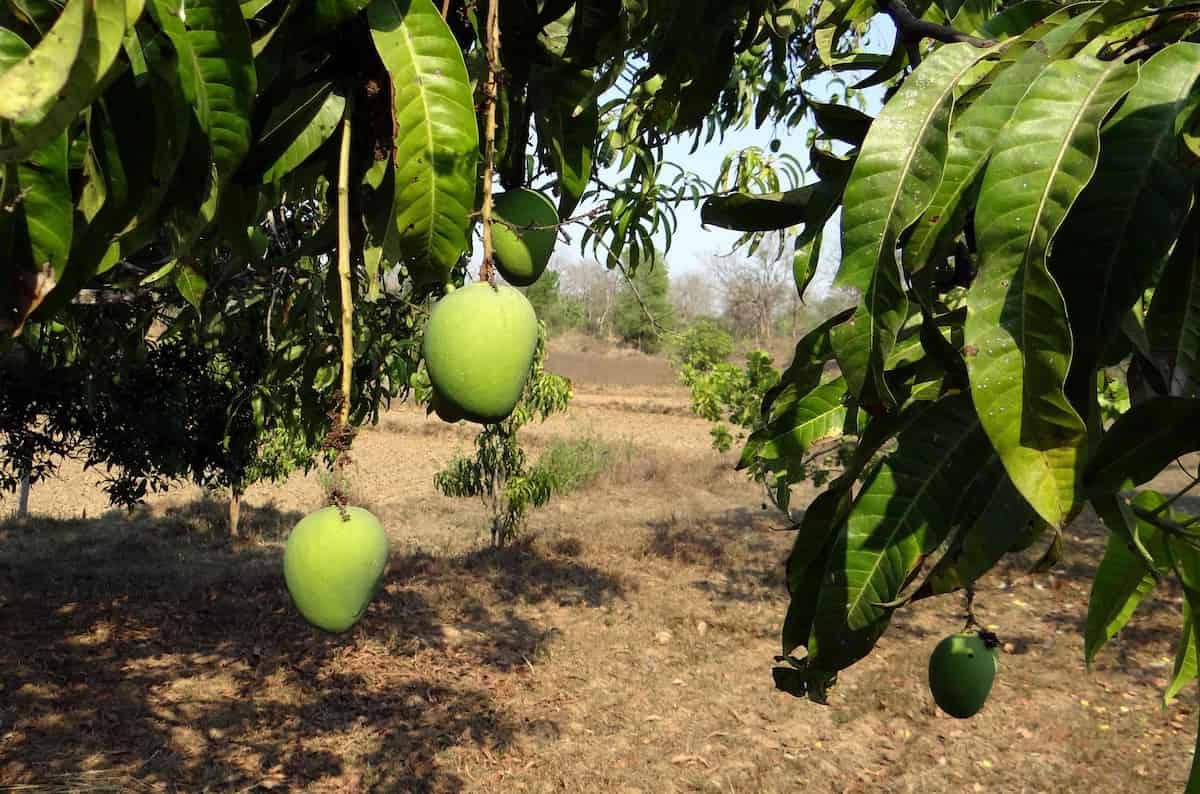
How to plant a mango tree
Mango saplings grown in nurseries are transplanted to the fields when their leaves turn green. Saplings are separated by 8 meters so they can grow and become trees. One acre of orchard area can accommodate about 60 mango saplings. However, in ultra-high-density mango tree plantations, where trees are very close together, this number differs. The following procedure is followed when planting hybrids
- The graft should be planted along with the soil in the center of the pit.
- 15 cm above the ground is the height of the graft union
- Irrigation occurs immediately after planting
- Support is provided with stakes to ensure straight growth
- For plantation, the grafts must be a year old and obtained from a certified center.
Alphonso mango crop care
Irrigation management
Irrigation management is crucial to the production of quality fruit. Therefore, water inputs must be geared to tree water requirements, soil factors, and fruit physiological requirements.
For new planting
In a new planting, trees must be irrigated throughout the year, including dry periods during the wet season, to enable the rapid establishment of the tree. First, water inputs should be appropriate to tree size. Generally, up to 100 L/tree/week should be sufficient for the first two years. Next, the radius of the sprinkler should be appropriate for tree size. Many growers find that a sprinkler with a distributor plate (radius of 1.0 to 1.5 m) is adequate for up to three years.
After the second wet season, trees are generally only irrigated during the flowering and fruit development period. (July to November). The soil type determines how early continuous irrigation can cease. For example, trees are grown on light, sandy, and gravelly soils may require continuous irrigation for a longer period to develop an appropriate size canopy.
Irrigation frequency
In simple terms, the more sandy and gravelly the soil, the more frequent irrigations should be. Two to three times per week will be appropriate for most sandy sites. Long irrigations on sandy soil result in water draining beyond the depth of the effective root zone, which is a waste of water and leaches away nutrients.
Intercropping
- Inter crops such as vegetables, legumes, short duration, and dwarf fruit crops like papaya, guava, peach, plum, etc., can be grown depending on the region’s agro-climatic factors. However, the water and nutrient requirements of the intercrops must be met separately.
- The recommended intercrops in mango orchards for summer are bottle gourd, bitter gourd, onion, chilies, cowpea, black gram, and green gram.
- For the winter season, the intercrops suggested are peas, turnip, cauliflower, carrot, radish, and gram.
- Herbicides have been used to some extent in mango to control weeds.
In case you missed it: Honey Dew Papaya Farming in India: How to Start, Care, Pest, and Disease Management
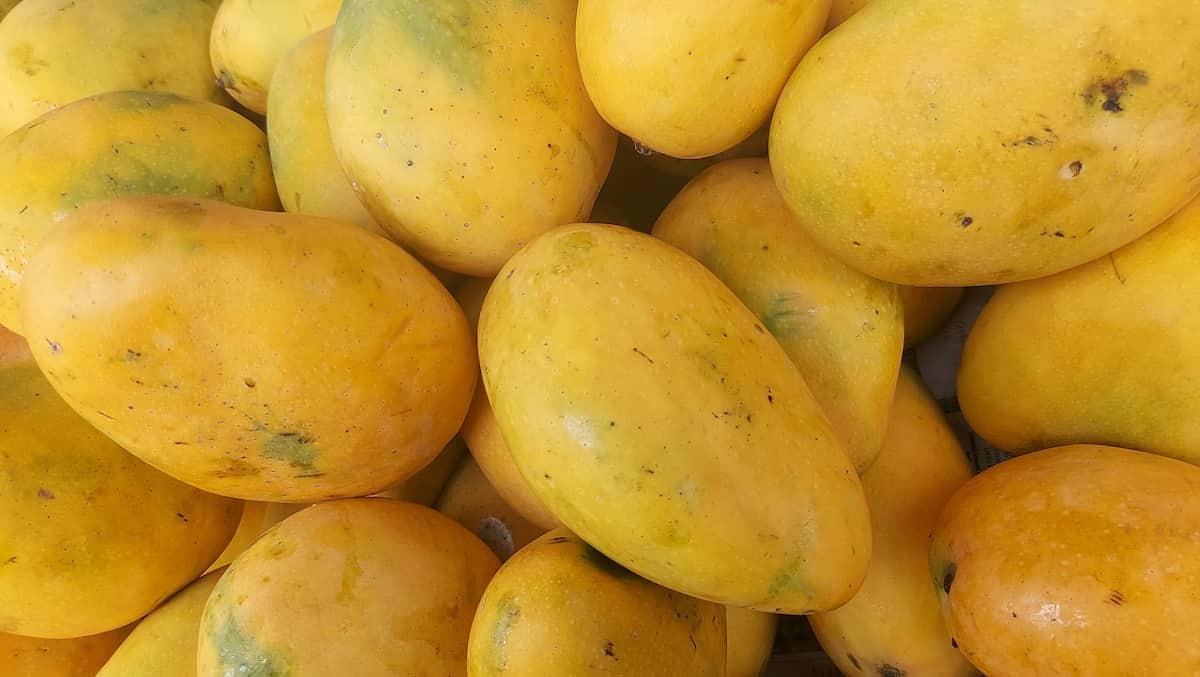
Weed management
- In dwarf varieties, more sunshine is received around the trees, encouraging the growth of grassy and broad-leaf weeds compared to tall varieties.
- Similarly, the infestation of mango orchards by weeds is closely linked with row spacing, showing a direct proportion between the two.
- Generally, cover crops are grown in space between the trees taking due care that no crop comes under the spread of the trees, so that roots of the intercrops and the trees do not come into competition with each other for drawing nutrients from the soil.
- Good control of weeds in mango is possible with paraquat (3.0 kg a.i/ha). The weed control in mango orchards for 24 weeks is done using diuron as pre-emergent treatment at 6.67 and 8.9 kg/ha.
- Bromacil and Dalapon also effectively controlled dicot and monocot weeds, respectively.
- One spray of atrazine or diuron at 2.0 kg a.i./ha as a pre-emergent treatment to soil and one spray of paraquat as a post-emergent spray on weeds at 3.0 kg a.i./ha, six months after the soil treatment, to be effective for controlling both monocot and dicot weeds for one year in (one to five years old) mango orchards.
Manuring and fertilization in Mango crop
Apply full nitrogenous fertilizers, half phosphorous, and half potash after fruit harvesting. The remaining two fertilizers should be applied during October with the last irrigation. Apply at this time organic manure also, as they are released slowly.
| Age of tree (Year) | Farmyard manure (Kg/tree) | Urea (g-tree) | Diammonium phosphate (g-tree) | Muriate of potash (g-tree) |
| 1 | 5 | 95 | 50 | 35 |
| 2 | 5 | 190 | 105 | 65 |
| 3 | 10 | 285 | 155 | 100 |
| 4 | 15 | 380 | 205 | 135 |
| 5 | 20 | 475 | 206 | 165 |
| 6 | 25 | 570 | 310 | 200 |
| 7 | 30 | 715 | 360 | 235 |
| 8 | 35 | 865 | 415 | 265 |
| 9 | 40 | 1010 | 465 | 300 |
| 10 | 45 | 1155 | 517 | 335 |
| 11 | 50 | 1305 | 570 | 365 |
| 12 | 60 | 1450 | 620 | 400 |
| 13 | 70 | 1600 | 670 | 435 |
| 14 | 80 | 1745 | 720 | 460 |
| 15th year and above | 100 | 1945 | 770 | 500 |
States for Alphonso mango seasons and harvesting in India
| States | Mango season and harvesting in India |
| Gujarat | May – June |
| Maharashtra | April – May (Ratnagiri) May- June (other regions) |
| Tamilnadu | April – May |
| Andhra Pradesh | May – July (Coastal districts) May (Rayalaseema) |
| Karnataka | May -July |
| Uttar Pradesh | June- August |
| Bihar and Northern states of India | June – August |
Major Pests in mango
Mango nut weevil
Damage symptoms
- Grub makes zigzag tunnels in pulp
- Eats unripe tissue and bores into cotyledons
- Fruit dropping at the marble stage
- Oviposition injuries on marble-sized fruits.
- Tunneled cotyledons in mature fruit by grubs
Chemical control and management
- The fallen fruit should be collected and destroyed
- Fenthion 100EC 1ml/l is sprayed on the fruit at the marble stage and then at 15-day intervals.
- During nonflowering season direct spray towards the base of the trunk
Mango hoppers
Damage symptoms
- Inflorescence sap is sucked by nymphs and adults
- The withering and shedding of flower buds and flowers
- Honeydew secretions on lower leaves and sooty mold development
- In the midst of leaves, jassids move in a clicking sound
- In the cracks and crevices of the bark of trees, hoppers provide shelter
Chemical control
- The mixture of toxaphene with sulfur (1:1) has been reported to be effective against pests.
- Neem oil 5 ml/lit of water can be mixed with any insecticides
- Spray 3 percent neem oil or neem seed kernel powder extract 5 percent
Mango stem borer
Damage symptoms
- Grub tunnels in the sapwood on the trunk or branches.
- Interruption of nutrient and water transport on the tissue
- Drying of the terminal shoot in the early stage
Chemical control
- Padding with monocrotophos 36 WSC 10 ml in 2.5 cm /tree soaked in absorbent cotton.
- Apply the copper oxychloride paste on the tree’s trunk if severe infestations occur.
- Hook out the grub from the borehole – apply monocrotophos 36 WSC 10 to 20 ml/ hole
- Apply carbofuran 3G 5 g per hole and plug with mud.
In case you missed it: Totapuri Mango Farming in India: A Complete Cultivation Guide to Planting to Harvesting
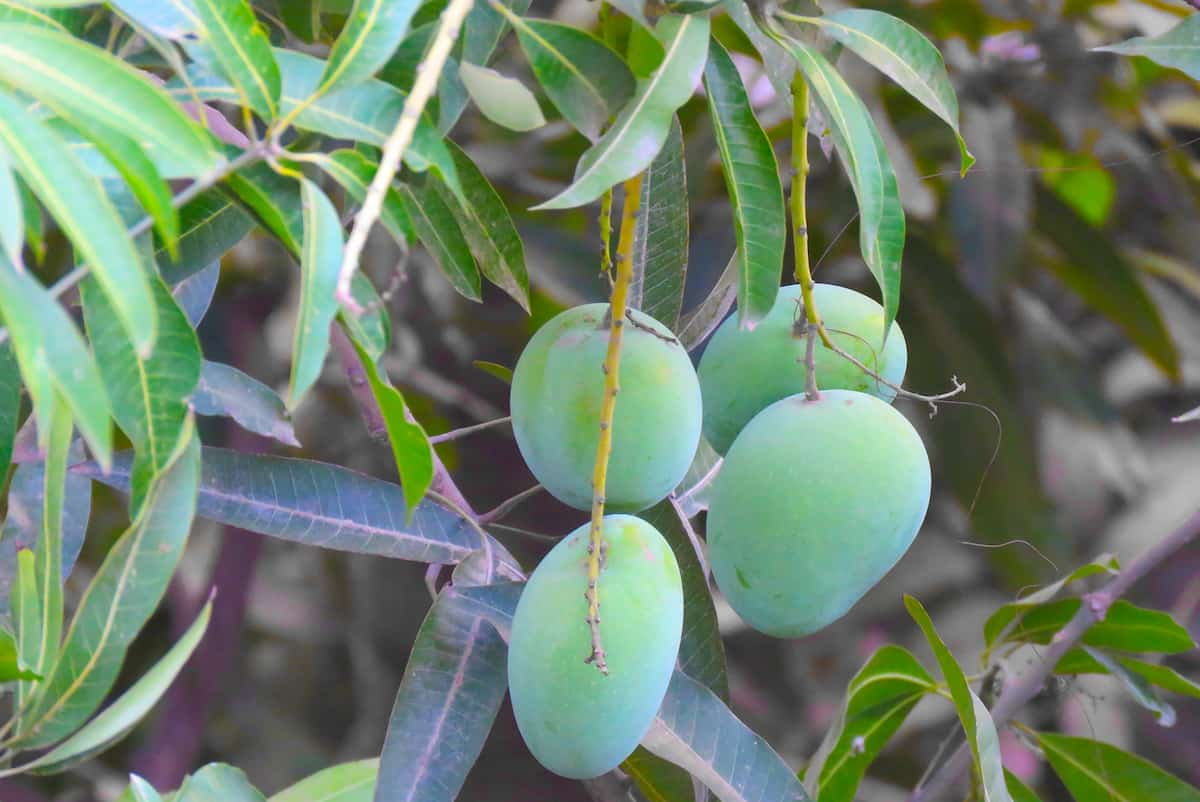
Diseases in Alphonso mango
Phoma blight
Disease symptom
- The symptoms of the disease are noticeable only on old leaves.
- As the lesions enlarge, their color changes from brown to cinnamon, and they become almost irregular.
- Dark margins and dull grey necrotic centers characterize fully developed spots.
Chemical control and management
- Remove and destroy infected plant parts.
- Spray copper oxychloride 0.25 Mancozeb 0.25% or Bordeaux mixture 1.0%.
Red rust
Disease symptoms
- Red rust disease, caused by an alga, has been observed in mango-growing areas.
- It causes a reduction in photosynthetic activity and defoliation of leaves, thereby lowering the vitality of the host plant.
- The disease can easily be recognized by the rusty red spots, mainly on leaves and sometimes on petioles and bark of young twigs, and is epiphytic.
- The spots are greenish-grey in color and velvety in texture. Later, they turn reddish brown. The circular and slightly elevated spots sometimes coalesce to form larger and irregular spots. The disease is more common in closely planted orchards.
Chemical control and management
Apply Bordeaux mixture (0.6%) or Copper oxychloride 0.25%.
Sooty mold
Disease symptoms
- The disease is common in orchards where mealy bugs, scale insects, and hoppers are not controlled efficiently.
- The disease in the field is recognized by the presence of a black velvety coating, i.e., sooty mold on the leaf surface. In severe cases, the trees turn completely black due to mold over the entire surface of twigs and leaves.
- The severity of infection depends on the honeydew secretion by the above-said insects. Honeydew secretions from insects stick to the leaf surface and provide the necessary medium for fungal growth.
Chemical control and management
- The management of insects and sooty molds should be done simultaneously.
- Using systemic insecticides such as Monocrotophos or methyl dematon to control the insect
- Once the starch solution is sprayed, dilute it to 20 liters with boiling water and spray (1kg Starch/Maida dissolved in 5 liters of water.)
- As the starch dries, it forms flakes that are removed along with the fungi.
In case you missed it: How to Start Green Apple Farming in India: A Production Guide to Planting to Harvesting
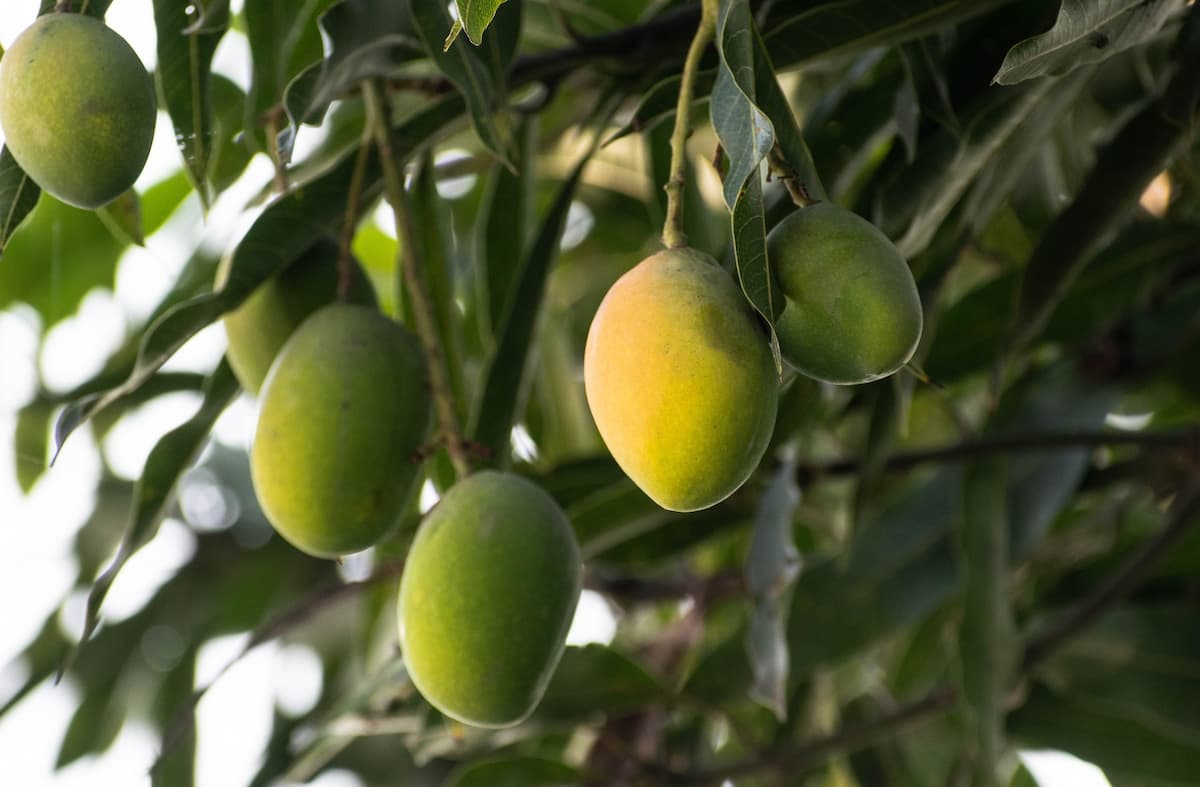
Harvesting mangoes
Mango trees start bearing fruits from the 5th year of planting. The yield, however, varies depending on the variety and climatic conditions. The first-year yields are generally low (3-5 Kg per tree), increasing gradually in subsequent years. Some trees aged 30-40 years can bear up to 600 Kg of fruits a year.
Mangoes ripen even after being plucked from the trees, so they are generally harvested early. In this way, they are captured early in the market. Various factors are considered when grading plucked fruits, including their color, size, and stage of maturity. It is necessary to separate the smaller fruits from the larger ones. At this point, diseased, damaged, or overripe fruits are discarded. At room temperature, mature fruits can be stored for four to ten days. It depends on the variety, however.
Conclusion
The reputation of the Alphonso mango is unlike any other, a name that conveys an assurance of quality. Commonly known as the Hapus in Maharashtra, the tagging of the Alphonso will surely protect its exclusivity and distinctiveness among consumers in the global market.
- Types of Pesticides Used in Agriculture: A Beginner’s Guide
- Economical Aquaculture: A Guide to Low-Budget Fish Farming
- 15 Common Planting Errors That Can Doom Your Fruit Trees
- How to Make Houseplants Bushy: Effective Tips and Ideas
- Innovative Strategies for Boosting Coconut Pollination and Yield
- Pollination Strategies for Maximum Pumpkin Yield
- The Complete Guide to Chicken Fattening: Strategies for Maximum Growth
- Natural Solutions for Tulip Problems: 100% Effective Remedies for Leaf and Bulb-Related Issues
- Revolutionizing Citrus Preservation: Towards a Healthier, Greener Future
- Natural Solutions for Peony Leaf and Flower Problems: 100% Effective Remedies
- Maximizing Profits with Avocado Contract Farming in India: A Comprehensive Guide
- Natural Solutions for Hydrangea Problems: 100% Effective Remedies for Leaf and Flowers
- The Ultimate Guide to Choosing the Perfect Foliage Friend: Bringing Life Indoors
- From Sunlight to Sustainability: 15 Ways to Use Solar Technology in Agriculture
- The Ultimate Guide to Dong Tao Chicken: Exploring from History to Raising
- The Eco-Friendly Makeover: How to Convert Your Unused Swimming Pool into a Fish Pond
- Mastering the Art of Delaware Chicken Farming: Essentials for Healthy Backyard Flocks
- 20 Best Homemade Fertilizers for Money Plant: DIY Recipes and Application Methods
- How to Craft a Comprehensive Free-Range Chicken Farming Business Plan
- Brighten Your Flock: Raising Easter Egger Chickens for Beauty and Bounty
- How to Optimize Your Poultry Egg Farm Business Plan with These Strategies
- Subsidy for Spirulina Cultivation: How Indian Government Schemes Encouraging Spirulina Farmers
- Ultimate Guide to Raising Dominique Chickens: Breeding, Feeding, Egg-Production, and Care
- Mastering the Art of Raising Jersey Giant Chickens: Care, Feeding, and More
- Ultimate Guide to Raising Legbar Chickens: Breeding, Farming Practices, Diet, Egg-Production
- How to Raise Welsummer Chickens: A Comprehensive Guide for Beginners
- How to Protect Indoor Plants in Winter: A Comprehensive Guide
- Ultimate Guide to Grow Bag Gardening: Tips, Tricks, and Planting Ideas for Urban Gardeners
- Guide to Lotus Cultivation: How to Propagate, Plant, Grow, Care, Cost, and Profit
- Agriculture Drone Subsidy Scheme: Government Kisan Subsidy, License, and How to Apply Online
- Ultimate Guide to Raising Araucana Chickens: Breed Profile, Farming Economics, Diet, and Care
- Bringing Hydroponics to Classroom: Importance, Benefits of Learning for School Students
- Ultimate Guide to Raising Polish Chickens: Breed Profile, Farming Economics, Diet, and Care
- Ultimate Guide to Raising Australorp Chickens: Profile, Farming Economics, Egg Production, Diet, and Care
- Silkie Chicken Farming: Raising Practices, Varieties, Egg Production, Diet, and Care
- Sussex Chicken Farming: Raising Practices, Varieties, Egg Production, Diet and Care